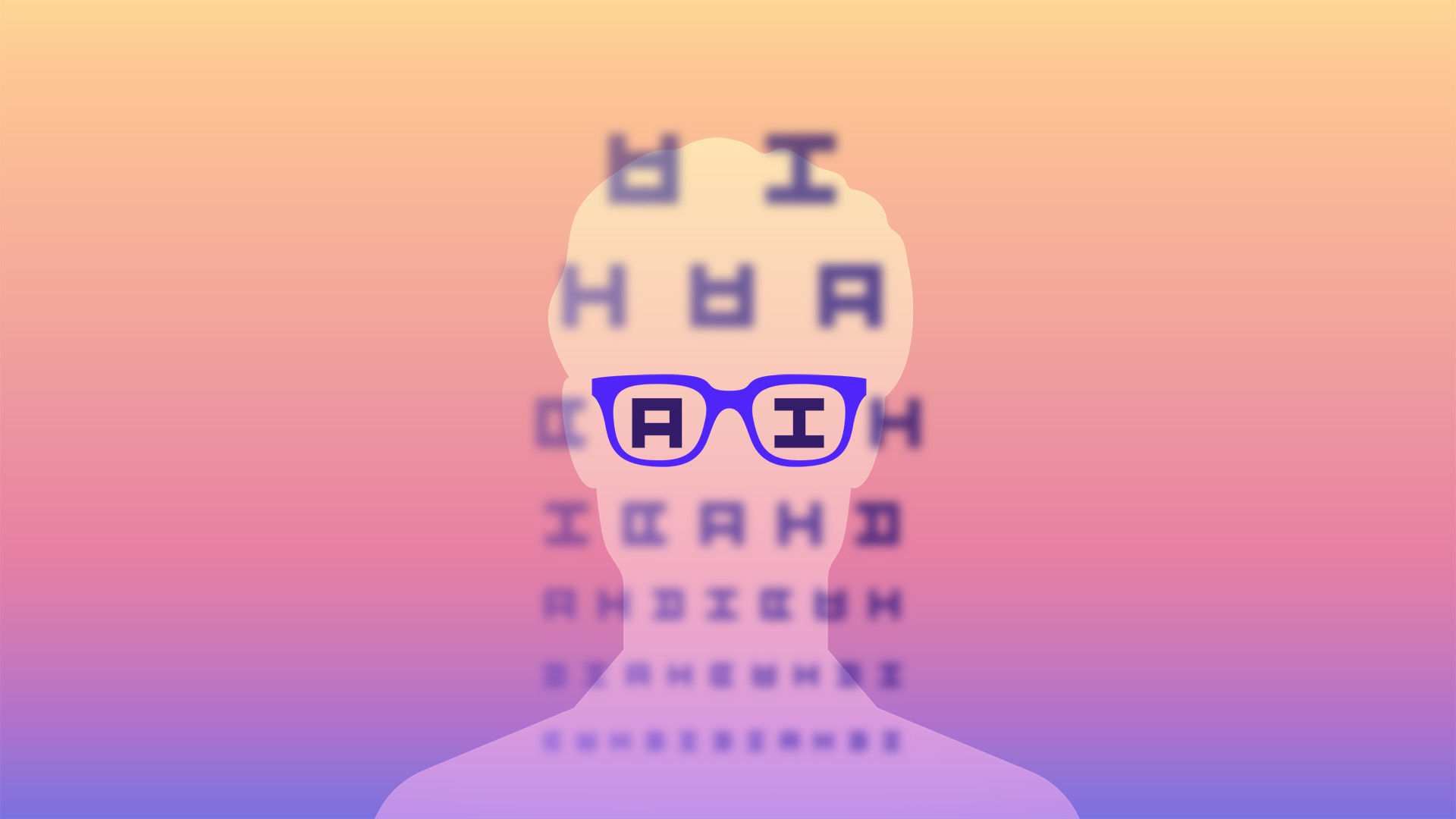AI at Work Is Here. Now Comes the Hard Part

🌈 Abstract
The article discusses the growing adoption and impact of generative AI in the workplace, including the challenges and opportunities it presents for leaders and professionals. It highlights the rapid increase in AI usage, the pressure to show immediate ROI, the rise of "bring your own AI" (BYOAI) among employees, and the shifting talent landscape as AI aptitude becomes a key hiring criterion.
🙋 Q&A
[01] The Rise of Generative AI in the Workplace
1. What are the key insights about the adoption of generative AI in the workplace?
- Use of generative AI has nearly doubled in the last six months, with 75% of global knowledge workers using it
- 46% of users started using generative AI less than six months ago
- Users say AI helps them save time (90%), focus on important work (85%), be more creative (84%), and enjoy their work more (83%)
- The heaviest Teams users summarized 8 hours of meetings using Copilot in a month, equivalent to an entire workday
2. What are the challenges faced by leaders in adopting AI?
- 79% of leaders agree their company needs to adopt AI to stay competitive, but 59% worry about quantifying the productivity gains of AI
- 60% of leaders worry their organization's leadership lacks a plan and vision to implement AI
- The pressure to show immediate ROI is making leaders move slowly on AI adoption
3. How are employees taking matters into their own hands with BYOAI?
- 78% of AI users are bringing their own AI tools to work, even more common at small and medium-sized companies (80%)
- BYOAI cuts across all generations, not just Gen Z
- 52% of AI users are reluctant to admit using it for their most important tasks
- 53% of AI users worry that using it on important work makes them look replaceable
[02] The Impact of AI on the Job Market
1. What are the key trends in the job market related to AI?
- 55% of leaders are concerned about having enough talent to fill roles in the year ahead, especially in cybersecurity, engineering, and creative design
- 46% of professionals are considering quitting in the year ahead, higher than the 40% who said the same ahead of 2021's Great Reshuffle
- Hiring for technical AI talent has increased 323% in the past 8 years
2. How are leaders adapting their hiring practices for AI-skilled talent?
- 66% of leaders say they wouldn't hire someone without AI skills
- 71% say they'd rather hire a less experienced candidate with AI skills than a more experienced candidate without them
- 77% of leaders say, with AI, early-in-career talent will be given greater responsibilities
3. What is the training gap for employees on using AI effectively?
- 45% of US executives are not currently investing in AI tools or products for employees
- Only 39% of people globally who use AI at work have gotten AI training from their company
- Only 25% of companies are planning to offer training on generative AI this year
[03] The Power User Payoff of AI at Work
1. What are the key differences between AI power users and skeptics?
- Power users are familiar with AI, use it at least several times per week, and say it saves them more than 30 minutes per day
- Power users say AI makes their workload more manageable (92%), boosts their creativity (92%), and helps them focus on important work (93%)
- Power users are more likely to experiment with different ways of using AI, pause to consider if AI can help, and research new prompts
2. How do organizations support their AI power users?
- AI power users are more likely to hear about the importance of AI from senior leaders
- Their companies encourage innovation and provide tailored AI training programs
- They are 66% more likely to redesign their business processes and workflows with AI
[04] Recommendations for Leaders
1. What are the key recommendations for leaders to drive AI adoption and transformation?
- Identify a specific business problem to solve with AI, such as improving customer service or reimagining product development
- Take a top-down, bottom-up approach to engage leaders and employees at all levels
- Prioritize training programs to upskill employees on using AI effectively for their roles and functions